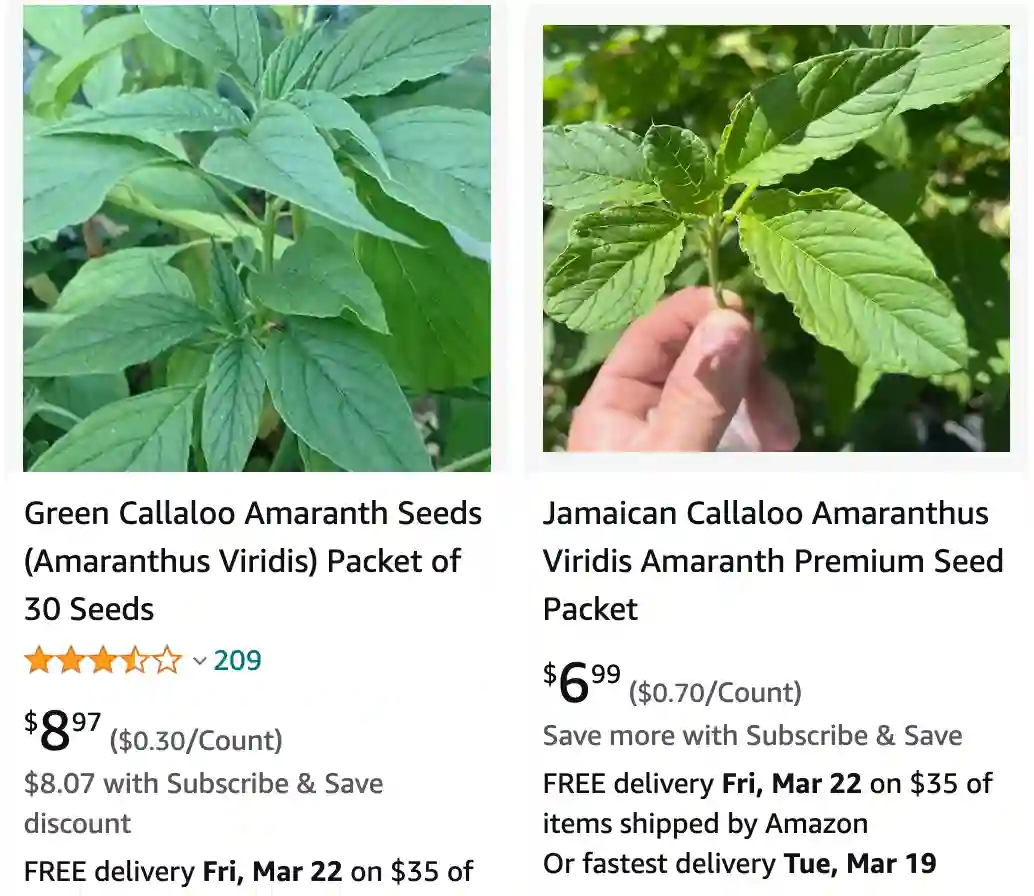
Is Amaranthus viridis a weed?
Amaranthus viridis, commonly known as slender amaranth or green amaranth, is a fast-growing annual plant that belongs to the amaranth family. Is Amaranthus viridis a weed? – it depends on the context. Growing up, we often referred to it as pigweed, and it certainly seemed like a nuisance in our vegetable garden, popping up everywhere and competing with our crops for nutrients and sunlight. However, I’ve also seen it used in traditional medicine and even as a food source in some cultures, so it’s a bit of a mixed bag. While it can be considered a weed in certain agricultural settings, its versatility and potential benefits in other contexts make it a bit more complex than just a straightforward weed.
How to grow Amaranthus viridis?
Here’s a guide on how to grow Amaranthus viridis:
1. Climate and Soil Requirements:
- Climate: Amaranthus viridis thrives in warm climates and is suitable for USDA hardiness zones 2-11. It prefers temperatures between 70°F to 90°F (21°C to 32°C).
- Soil: Plant Amaranthus viridis in well-draining soil with a pH range of 6.0 to 7.5. It can tolerate various soil types but grows best in fertile, loamy soil.
2. Planting:
- Timing: Sow seeds directly into the garden after the last frost date in spring when the soil has warmed up. Alternatively, start seeds indoors 4-6 weeks before the last frost date for earlier transplanting.
- Spacing: Space the seeds or seedlings 6-12 inches apart in rows or clusters, depending on your preferred planting method and available space.
- Depth: Plant the seeds 1/4 to 1/2 inch deep in the soil. Press the soil gently to ensure good seed-to-soil contact.
3. Sunlight:
- Full Sun: Plant Amaranthus viridis in a location that receives full sun exposure for at least 6-8 hours per day. Adequate sunlight promotes healthy growth and development.
4. Watering:
- Regular Watering: Keep the soil consistently moist but not waterlogged. Water the plants deeply whenever the top inch of soil feels dry. Avoid overhead watering to prevent foliar diseases.
5. Fertilization:
- Moderate Fertilization: Amaranthus viridis is not heavy feeder but benefits from moderate fertilization. Incorporate compost or well-rotted manure into the soil before planting. You can also apply a balanced fertilizer during the growing season, following the manufacturer’s instructions.
6. Mulching:
- Mulch Application: Apply a layer of organic mulch around the plants to conserve soil moisture, suppress weeds, and maintain even soil temperature. Mulch also helps to improve soil fertility as it breaks down.
7. Maintenance:
- Weeding: Keep the planting area free of weeds, as they can compete with Amaranthus viridis for nutrients, water, and sunlight.
- Thinning: Thin out overcrowded seedlings to allow sufficient space for proper growth and airflow between plants.
- Support: Provide support such as stakes or trellises for taller varieties to prevent them from bending or breaking in strong winds.
8. Harvesting:
- Timing: Harvest young leaves and tender shoots for culinary use when the plants reach about 6-8 inches tall. Continuously harvest to encourage new growth and prolong the harvest period.
- Method: Use clean scissors or garden shears to snip off the desired portions of the plant. Avoid harvesting more than one-third of the plant at a time to ensure its continued vigor.
9. Pest and Disease Management:
- Monitoring: Regularly inspect the plants for signs of pests such as aphids, flea beetles, or leafhoppers. Treat any infestations promptly with insecticidal soap or neem oil.
- Prevention: Practice crop rotation and maintain good garden hygiene to minimize the risk of pests and diseases.
10. Saving Seeds:
- Seed Collection: Allow some plants to mature fully and produce seeds. Harvest the seed heads when they turn brown and dry on the plant.
- Seed Storage: Remove the seeds from the seed heads and store them in a cool, dry place in airtight containers for future planting.
Is Amaranthus viridis edible?
Yes, it is. I remember my grandmother telling me stories about how, in her youth, they would forage for wild greens, and amaranth was one of the plants they would collect. She would cook it up with garlic and spices, and it was surprisingly tasty. I’ve tried it myself a few times, and while the flavor can be a bit earthy, it’s quite nutritious and adds a unique twist to salads or stir-fries. It’s fascinating how something we once considered a pesky weed can also be a nutritious addition to our diets.




